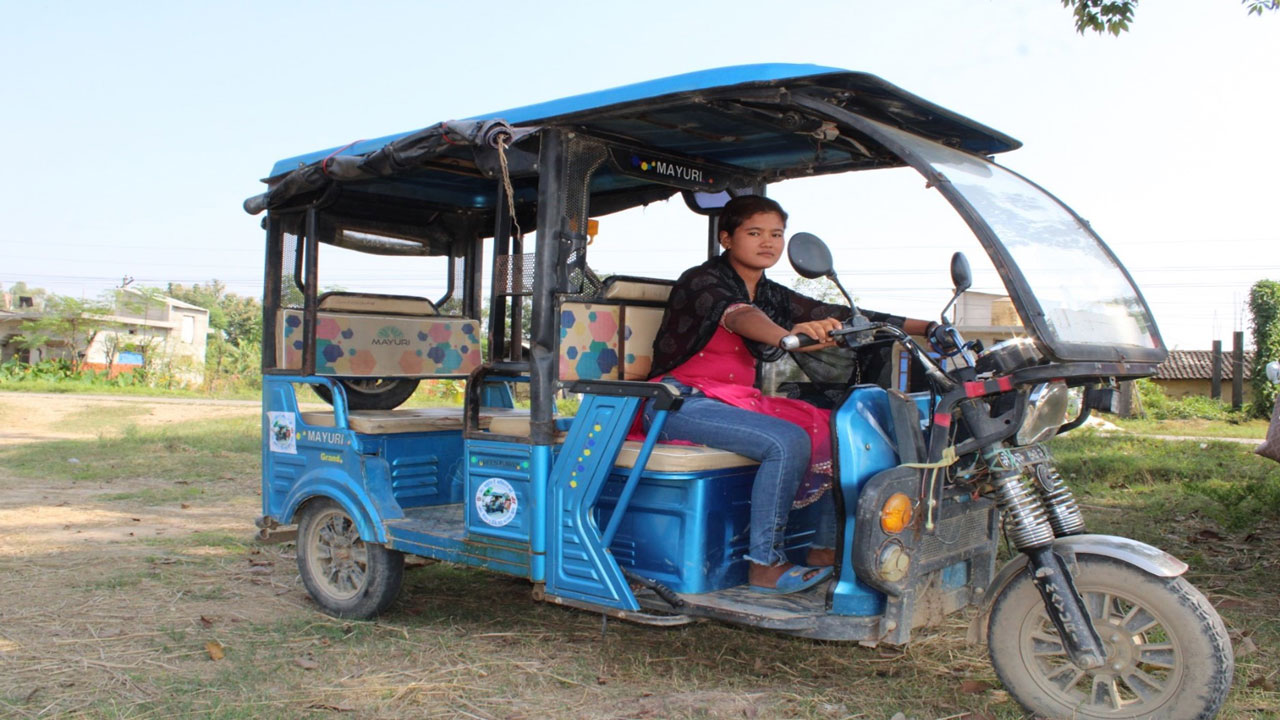
This study is the fifth in the series of the Independent Evaluation of the Girls’ Education Challenge Programme Phase II (GEC II), with a specific focus on the Leave No Girl Behind (LNGB) Window.
The LNGB Window was launched as part of the GEC II to support extremely marginalised adolescent girls who either never enrolled in formal schooling or dropped out before they completed it. There were 14 LNGB projects in 10 countries which provided educational pathways beyond formal schooling – a term used to describe activities that equipped girls with literacy, numeracy, life and vocational skills. The pathways were designed by LNGB projects to help girls get back into formal schooling, vocational training or income-generating activities.
In this study, we explored the perspectives, agency, and choices of younger and older marginalised adolescent girls to understand how LNGB have met their needs and increased their opportunities in education and beyond.
For more information on the study Education Pathways for Marginalised Adolescent Girls Beyond Formal Schooling, see these annexes.
This study brief examined how the Leave No Girl Behind (LNGB) component of the Girls’ Education Challenge II programme supported marginalised adolescent girls to transition into formal schooling, skills training, or work-related activities.
The River of Life is a visual participatory method that helps adolescents gain insights into their lives. Using the metaphor of a river, they can capture their experiences of services, peer and family influences, barriers and negative experiences, as well as empowering experiences at different stages of their lives.
We used the River of Life approach in the above Independent Evaluation study to understand the perspectives of about 100 adolescent girls in Leave No Girl Behind projects – their livelihood journeys, key events in their education and how LNGB projects met their needs.
This paper complements the study report, providing lessons about the design, experience and use of the approach.
Read more about our independent evaluation of the Girls’ Education Challenge (GEC) Programme.